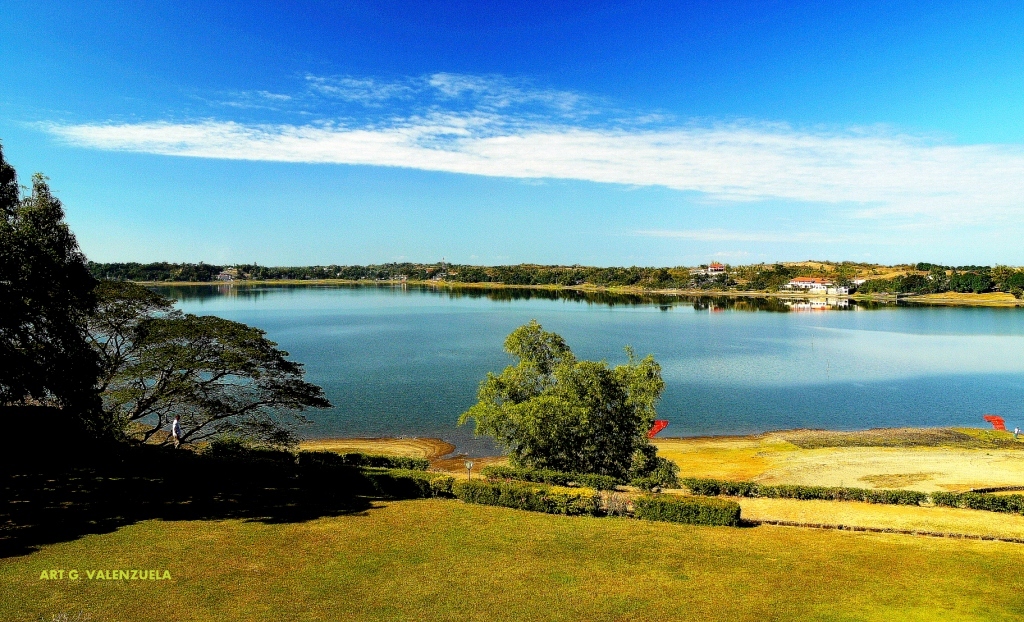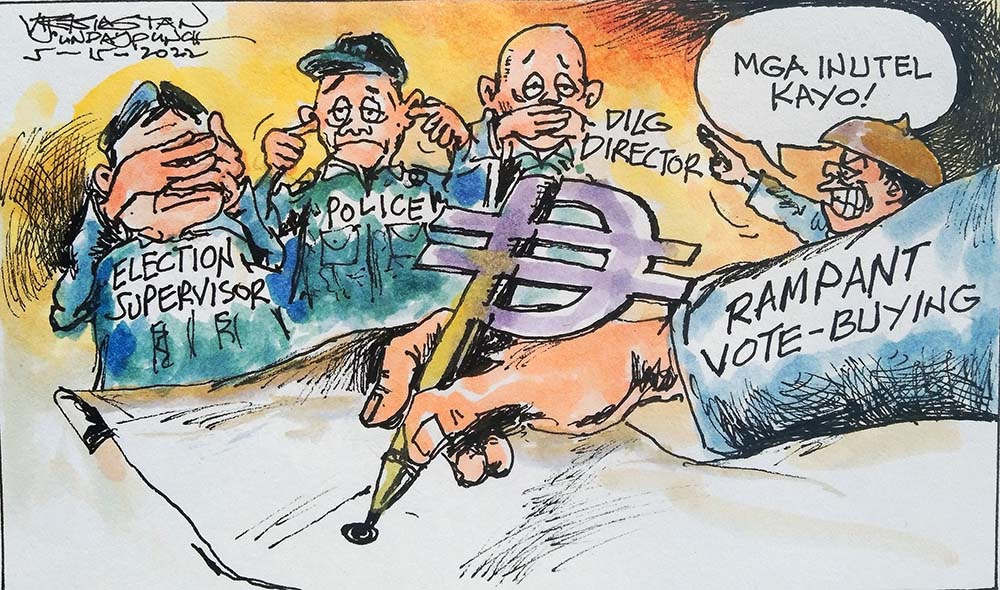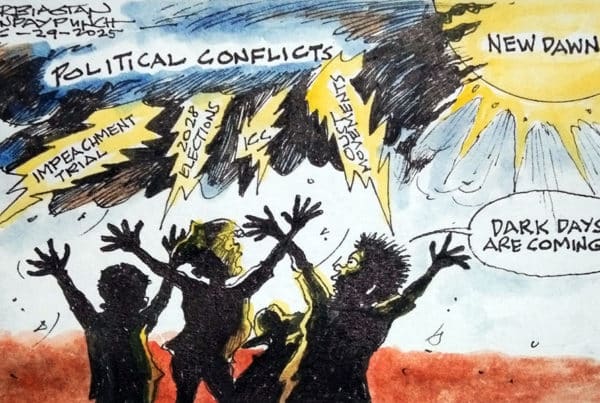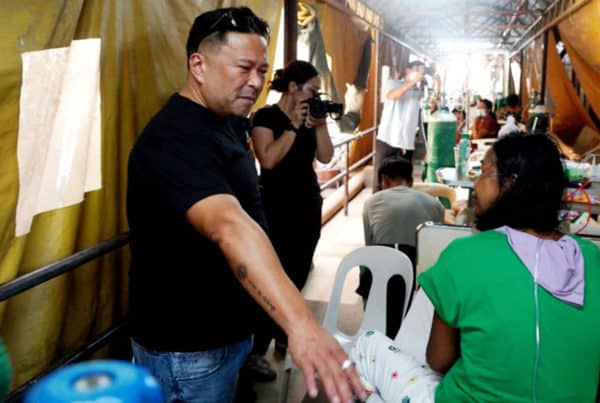
A Beautiful Story of The Paoay Lake, The Sand Dunes and The One Million Bricks of Fort Ilocandia Resort
Photos and story by Art G. Valenzuela
WHOSE HANDS crafted and baked the more than a million bricks and tiles that make up the façade and walls of the Fort Ilocandia Resort in Ilocos Norte?
It was also in 1982 when the Ministry of Agriculture Region 1 Director Manuel “Maning” Varquez showed me the blueprints and Master Development Plan of the Paoay Lake signed by former President Marcos that was anchored on the Letter of Instruction 529 Series of 1977 implementing R.A. 5631 dated 21 June 1967 declaring the lake as a National Park. (The Malacaňang of the North is part of the park.)

As far as I can remember, the projects around the lake (both ongoing at that time and as planned, and correct me if I am wrong) were the following:

- Giant Tilapia and Aquatic Resources Research & Development;
- Bullfrog Farming;
- The Paoay Lake Cooperatives and the scores of “Pugon” (earthen oven) that were constructed to bake the millions of bricks that were sold for the construction of the Fort Ilocandia Resort;
- Dendro-Thermal Plantation (which targeted the planting of one million Ipil-ipil Trees that were used as firewood for the scores of “Pugon;”
- The Malacaňang of the North itself;
- Plaza del Norte Hotel and the Paoay Lake Convention Center;
- La Paz Sand Dunes “Afforestation;”
- Reforestation of the shorelines of Paoay Lake with Narra, Mahogany ang Gmelina;
- Chicken Dressing Pant;
- Paoay Lake Cooperative Bank;
- Small Water Impounding Projects; and
- Paoay Golf Course (18-hole) & Country Club.

It should be noted that Nos. 1, 5, 6, 7, and 12 still exist plus the Fort Ilocandia Resort itself.

Out of the twelve, three projects left lasting imprints in my mind, even today. Back in 1982, I and my staff were involved in the production of the many sound and slide documentations of the projects which were used during the regular briefings at the Malacaňang of the North. And these were (with short descriptions):

- BULLFROG FARMING. – The “Mother Stocks” were imported (I can’t recall the source) by the Ministry of Agriculture. The plan was to propagate local “Mother Stocks” for distribution among local cooperatives around the Lake. The ultimate goal was to supply exotic frogs legs among selected restaurants in Metro Manila. (Frogs legs are highly-priced delicacies in European restaurants. Personally, I am a big “fan” of frogs legs sautéed in tomatoes, “kamias,” garlic, ginger, and onions, or simply fried with bread crumbs.)

- THE PAOAY LAKE COOPERATIVES and the big “Pugon” or earthen ovens that were constructed by farmer-cooperators around the lake. If you have stayed at the Fort Ilocandia Resort, a first-class hotel along the Paoay-Laoag tourism corridor, you would have noticed the millions upon millions of red bricks and tiles that were supplied by the farmer-cooperators around the lake between 1980-83.

- LA PAZ SAND DUNES “AFFORESTATION” (See photos) – The Bureau of Plant Industry planted “Agoho” seedlings scores of years ago among the undulating and shifting sand dunes near the sea at Paoay which became a “Role Model” among Israeli agronomists who frequently studied the success story. TODAY, some barren parts of the SAND DUNES are used as tourist attractions for “sandboarding” and 4×4 vehicle riding.

IN 2014, 32 years after the fact, I returned to Paoay Lake and made a quick round of the accessible areas. I visited the office of the only remaining active government agency, Paoay Lake Aquatic Resources ….I introduced myself and I was cordially received and shown around the office grounds. But I was saddened when I saw the deteriorating cottages of the secretaries of the then Ministries of Agriculture and Natural Resources where I used to sleep in air-conditioned comfort. Both of which had a terrace with a commanding view of the lake.

Memories of many simple but pleasant breakfasts al fresco and under a carpet of mahogany trees right beside the lake came rushing back in my mind. I took a few more clicks with my cameras here and there. Then it was time to go — to Laoag City and for a luncheon meeting with my local friends (media peeps in Laoag) Roly Albano and Medy Lorenzo (+)

The La Paz Sand Dunes is an 85-square-kilometre (33 sq mi) protected sandy coastal desert and beach located in Laoag, Ilocos Norte, in the Philippines.
The area is popular for recreational activities such as sandboarding and 4×4 vehicle riding.[1]
Share your Comments or Reactions
Powered by Facebook Comments











